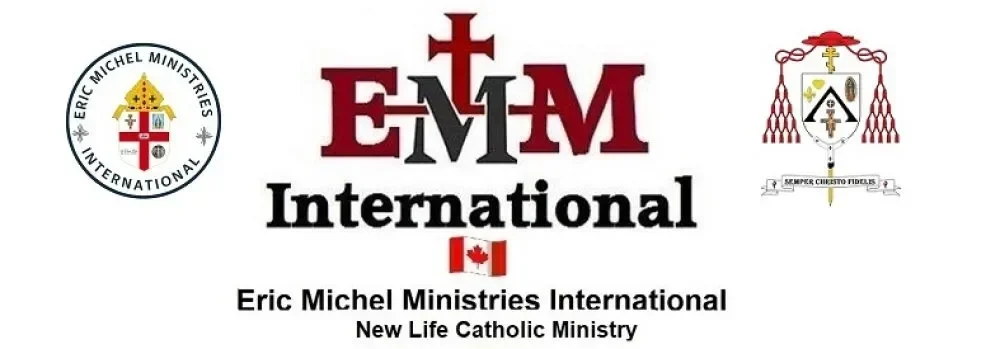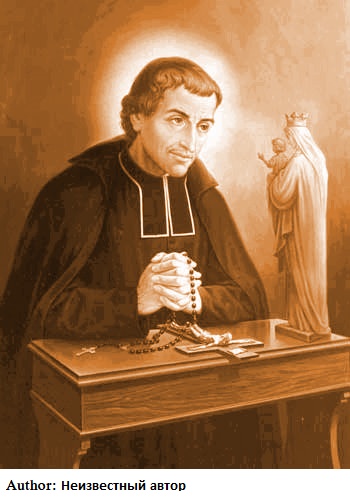
Louis-Marie Grignion de Montfort, TOSD (31 January 1673 – 28 April 1716) was a French Roman Catholic priest. He was known as a preacher and was made a missionary apostolic by Pope Clement XI.
Montfort wrote several texts that became classic Catholic titles and influenced several popes. He is considered one of the notable writers in the field of Mariology. His most notable works regarding Marian devotions are in Secret of the Rosary and True Devotion to Mary. He is known for his devotion to the Blessed Virgin Mary and the practice of praying the rosary.
Pope Pius XII canonized him on 20 July 1947. A “founders statue” created by Giacomo Parisini is located in an upper niche of the south nave of St. Peter’s Basilica.
Preparation for Total Consecration according to Saint Louis de Montfort
Preparation for Total Consecration, according to Saint Louis Marie de Montfort, was inspired by Louis de Montfort and published in 2001. Saint Louis dedicated his life to following and praying to the Virgin Mary. His devotion to Mary was even considered “the best and most acceptable form of devotion to Our Lady” by Pope Pius IX. Four of his performed miracles were examined by the Sacred Congregation. Saint Louis de Montfort was canonized by Pope Pius XII on July 20, 1947, over two hundred years after his death. The process took a long time due to his lack of followers and the unfortunate era in which he died. His two biographies, one by Grandet and the other by Father de Clorivière, both dated in the 1700s, which was a time of “immense social and religious upheaval
The purpose of the consecration is to rid the self of the spirit of the world and to become ultimately in tune with the lives of Jesus and Mother Mary. This particular consecration is a thirty-three-day process, with the final day falling on a feast day of the Blessed Virgin.
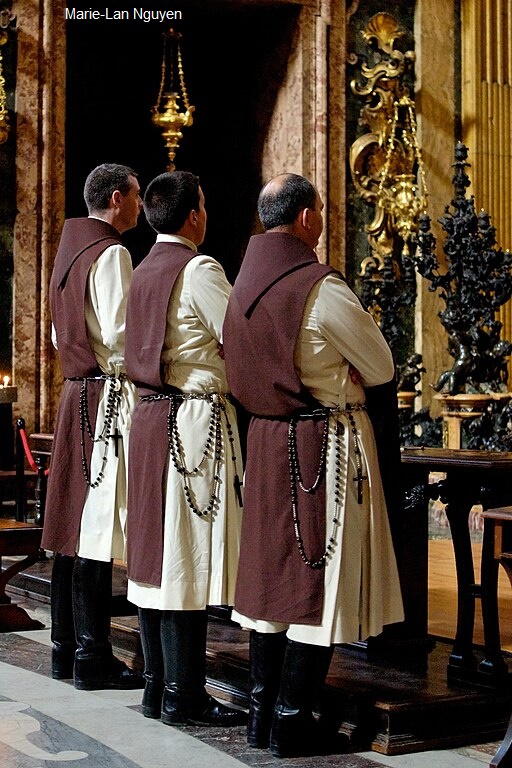
Part I: Twelve Preliminary Days
The first twelve days of the consecration are set aside as the preliminary days, meant to rid one’s self of all outside hindrances. Saint Louis de Montfort declares that this “part of the preparation should be employed in casting off the spirit of the world which is contrary to that of Jesus Christ.” After a short introduction to the preliminary days is given, Saint Louis provides a list of three prayers that should be said daily. These prayers include Veni Creator, Avi Maris Stella, and the Magnificat. Each day also entails a short meditation to reflect upon before the prayers. The daily meditations tend to include one or two bible verses accompanied by a couple of reflective words from the saint himself.
Part II: Knowledge of Self
After the twelve days are completed, the consecration moves on to Part II: Knowledge of Self. In this section, Saint Louis de Montfort’s goal for the consecrator is to “consider not so much the opposition that exists between the spirit of Jesus and ours, as the miserable and humiliating state to which our sins have reduced us.” The prayers for this period are a bit longer, consisting of the Litany of the Holy Ghost, Litany of the Blessed Virgin, and the Ave Maris Stella.
Part III: Knowledge of Mary
Once the Knowledge of Self week is complete, the next section of the consecration to be prayed is Part III: Knowledge of Mary. During this period, it is essential to reflect upon “the interior life of Mary, namely, her virtues, her sentiments, her actions, her participation in the mysteries of Christ and her union with Him.” The prayers said for this section are the same as the previous one. However, the consecrator is to say a daily rosary amid everything else. This week is more challenging for consecrators, leading to an hour to two hours of prayer and reflection.
Part IV: Knowledge of Jesus Christ
The fourth and final part of Saint Louis de Montfort’s consecration is the Knowledge of Jesus Christ. The prayers for this section include Litany of the Holy Ghost, Ave Maris Stella, Litany of the Holy Name of Jesus, St. Louis de Montfort’s Prayer to Jesus, and O, Jesus Living in Mary. At the finish of the consecration, usually, the consecrator purchases a chain that can be worn around the wrist as a constant reminder of one’s slavehood to Mary and Jesus; before wearing it, the consecrator has it blessed by a priest. For the consecration to be complete, the consecrator must attend Mass on the final day, partake in confession the week before or after, and do a personal penance for Mary.
Source: Wikipedia.org
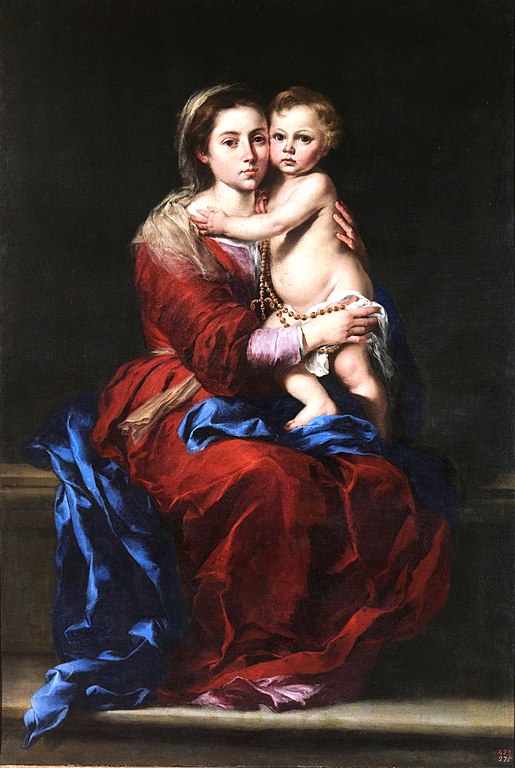
The Secret of the Rosary is a book about the Holy Rosary written by Louis de Montfort, a French priest and Catholic saint who died in 1716. The English translation bears the Imprimatur of Archbishop Thomas E. Molloy of the Roman Catholic Diocese of Brooklyn. It is said to be the earliest extant book describing the modern way the Rosary is prayed.
The book revolves around the views of the rosary and its power and consists of several short sections called Roses, each about one or two pages long. Each Rose discusses a separate viewpoint about the Rosary and may be addressed to a different cross-section of the audience, e.g., priests versus lay people.
This book discusses two different methods of praying the rosary. In Comparison, three additional methods (i.e. five altogether) are listed in the book God Alone, based on the collected writings of St. Louis.
The book consists of an introduction plus two main parts. Part I: “What the Rosary is” and Part II: “How to Recite it”. The book is structured in terms of 53 Roses, i.e. sections. The introduction consists of three Roses. Part I embodies the First Rose to the Fortieth Rose, and Part II includes the Fiftieth Rose.
The introduction has three Roses: The White Rose for priests, the Red Rose for sinners, and the Mystical Rose Tree for devout souls. These three Roses epitomize the multi-view approach taken by the book. The advice to priests about using the Rosary to save sinners directly relates to the advice given to sinners on how to use the Rosary for salvation. This theme continues throughout the book, with each Rose gently leading to another, gradually revealing various “secrets” on approaching the Rosary, reciting it, and using it for optimal spiritual benefits.
An example of the multi-perspective, yet pragmatic, method with which the book deals with the Rosary is how focus and respect are conveyed through a set of Roses. This starts with the Forty-First Rose called “Purity of Intention”. This Rose points out that it is not the length of a prayer that matters, but the enthusiasm, purity and respect with which it is said, e.g. a single correctly said Hail Mary is worth many that are badly said. This Rose is followed by the Roses “Attention” and “Fighting Distractions.” These provide advice for achieving the proper mindset for saying the Rosary. The topic concludes with the Rose “With Reverence,” which returns to respect. Although each of these is a separate Rose, they are cleverly interrelated to present multiple dimensions for focus and respect.
Hence, although the book is highly readable and unassuming on the surface, it is based on a well-structured “multi-perspective analysis” of the Rosary. The fifty-three sections are intricately connected and thought out. Hence, the term “secret” is quite becoming, for the book reveals these interconnections coherently. However, the typical reader should not be concerned with the analyses because the flow of the text is natural, pure, and pious, and it appeals to laymen and priests. The book has been read by Catholics worldwide for over two centuries and is a great spiritual resource.
Saint Louis de Montfort’s Prayer to Jesus
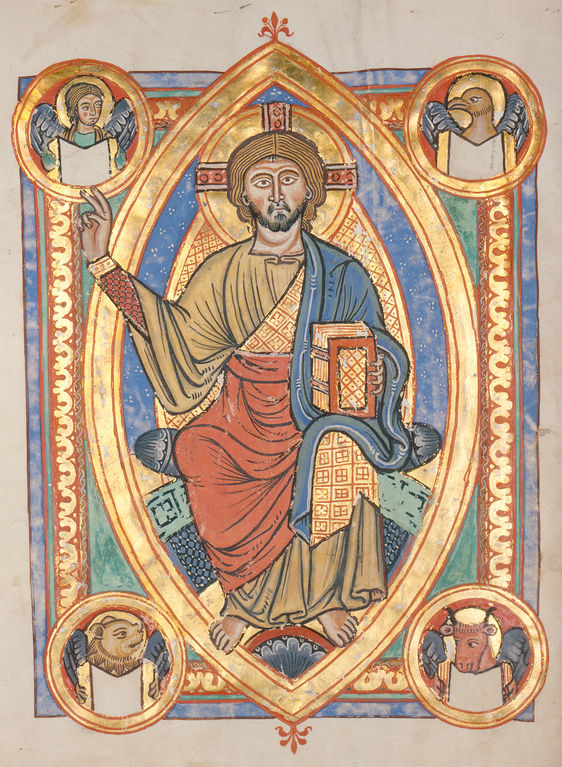
O most loving Jesus, deign to let me pour forth my gratitude before Thee, for the grace Thou hast bestowed upon me in giving me to Thy holy Mother through the devotion of Holy Bondage, that she may be my advocate in the presence of Thy majesty and my support in my extreme misery.
Alas, O Lord! I am so wretched that without this dear Mother, I should be certainly lost. Yes, Mary is necessary for me at Thy side and everywhere that she may appease Thy just wrath because I have so often offended Thee; that she may save me from the eternal punishment of Thy justice, which I deserve; that she may contemplate Thee, speak to Thee, pray to Thee, approach Thee and please Thee; that she may help me to save my soul and the souls of others; in short, Mary is necessary for me that I may always do Thy holy will and seek Thy greater glory in all things.
Ah, would that I could proclaim the mercy that Thou hast shown me throughout the world! Would that everyone might know I should be already damned, were it not for Mary! Would that I offer worthy thanksgiving for such a great blessing? Mary is in me.
Oh, what a treasure! Oh, what a consolation! And shall I not be entirely hers? Oh, what ingratitude! My dear Saviour, send me death rather than such a calamity, for I would rather die than live without belonging entirely to Mary. With St. John the Evangelist at the foot of the Cross, I have taken her a thousand times for my own and as many times have given myself to her; but if I have not yet done it as Thou, dear Jesus, dost wish, I now renew this offering as Thou dost desire me to renew it.
And if Thou seest in my soul or my body anything that does not belong to this august Princess, I pray Thee to take it and cast it far from me, for whatever in me does not belong to Mary is unworthy of Thee.
O Holy Spirit, grant me all these graces. Plant in my soul the Tree of true Life, Mary; cultivate it and tend it so that it may grow and blossom and bring forth the fruit of life in abundance.
O Holy Spirit, give me great devotion to Mary, Thy faithful spouse; give me great confidence in her maternal heart and an abiding refuge in her mercy, so that by her Thou mayest indeed form in me Jesus Christ, great and mighty, unto the fullness of His perfect age. Amen.
